The New Motorola Moto X (2nd Gen) Review
by Joshua Ho on September 17, 2014 9:00 AM EST- Posted in
- Smartphones
- Motorola
- Android
- Mobile
Display
Without question, the display is one of the most important aspects of a smartphone. Unlike desktops and laptops, smartphones are primarily interacted with through their displays. Unfortunately, it’s hard to evaluate a display by eye as human vision is strongly dependent upon context. In order to control for this aspect, we turn to SpectraCal’s CalMAN 5 with a custom workflow in order to test smartphone displays. At any rate, let’s get into the data.
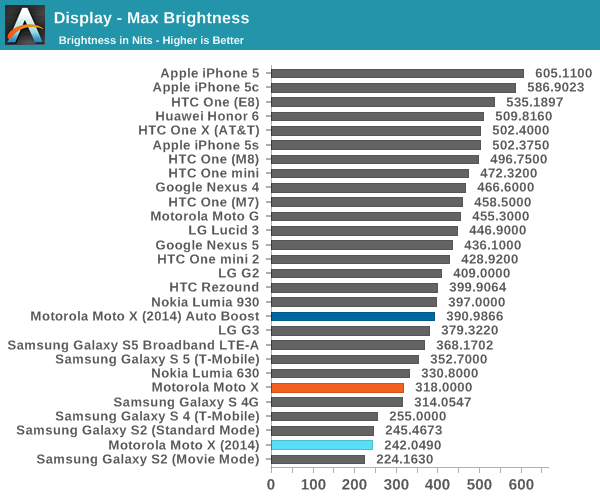
In the basics, the new Moto X is a bit on the low side. While AMOLED has traditionally struggled with luminance in situations such as the web browser and light-themed applications, Samsung’s Galaxy S5 and S5 LTE-A Broadband have shown that it’s possible to achieve levels of brightness approaching some of the brightest RGB-stripe LCDs. As the brightness of the Lumia 930 is about equal to the new Moto X, I suspect we're looking at the Galaxy S4/Note 3 generation of panels. This seems to be backed up by pictures of the subpixel layout seen below as the green subpixels seem to be noticeably larger when compared to the Galaxy S5's panel.
Contrast is still incredible, but I can still see the purple smearing effect that comes from unlit to lit pixels. I’m still unable to get a clear answer on why this is, but it’s likely that capacitance somewhere in the system is causing this issue in the form of RC delay. Whether this is a fixable issue is something I’m not aware of yet. The clear solution would be to set black to the lowest possible brightness a lit pixel can be, but this would make for worse contrast.

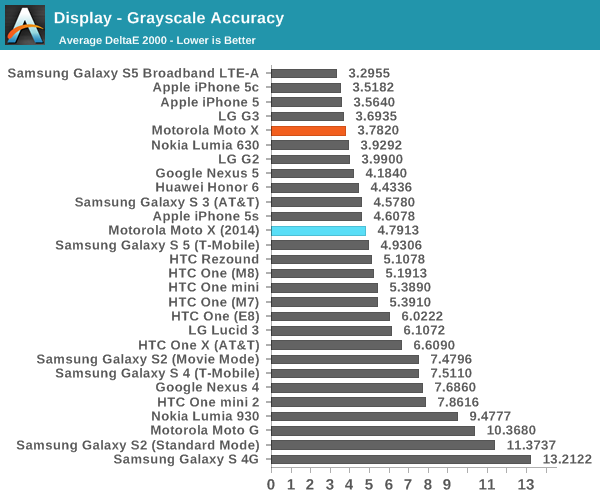
In grayscale, the new Moto X isn’t the best. We see that the display is just a bit too red, and that most of the luminance is coming from red and green. This makes sense from a power and display lifetime perspective though, as blue tends to have the least efficient emitter material in an AMOLED display. However, this translates to poor grayscale performance. The green tint tends to show itself in certain shades of grayscale as well.

In our saturation sweep, the new Moto X continues to be rather poor in its performance. While on Samsung phones it’s normal to see colors like this on the default display mode, there’s usually a mode that correctly constrains the display to sRGB which is the industry standard for displaying colors. There’s no such mode on the new Moto X, so the display significantly overshoots sRGB. This doesn’t bode well for the ColorChecker, which provides the most thorough look at color accuracy.
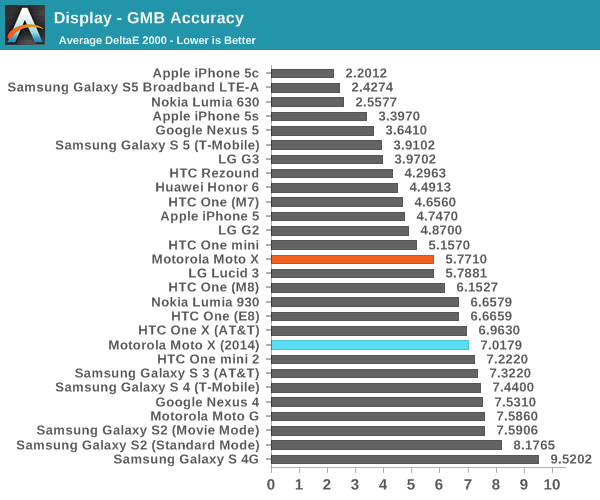
As predicted, the new Moto X does poorly in the ColorChecker. There’s really not much that the Moto X can accurately display in sRGB as just by pushing the gamut too far, even if there wasn’t saturation compression for some colors, the large gamut will cause distortion of all colors within the gamut triangle.
Unfortunately, it’s not clear where this lack of attention to color accuracy comes from. In discussions with Andrei it's clearly possible to calibrate the AMOLED panel from the GS4 quite accurately, and there's no real technical limitation for AMOLED to lack good calibration. However, judging by the relatively low peak brightness there are other issues as this could affect Motorola's performance in battery life tests. This seems to suggest that Motorola is unable to access the latest generation of AMOLED panels from Samsung Display.
This would be a rather startling thought, as it means that no matter what Motorola does to improve their implementation of Samsung’s AMOLED displays, they will always be behind the curve. If it becomes clear that Samsung’s AMOLED is the best display from a user-facing standpoint, every other OEM will face significant barriers in competition as they would be unable to access the latest generation AMOLED panels. The real solution here is for other display manufacturers such as LG, JDI, and AUO Optronics to catch up.
At any rate, the display of the new Moto X seems to be relatively poor compared to what we see in the Galaxy S5 LTE-A (and likely the Note 4), along with the iPhone 5s, Nexus 5, and One (M7). While it’s impossible to ignore the power advantage of AMOLED when implementing functions like Moto Display, the relatively low peak brightness and poor color accuracy are concerning.


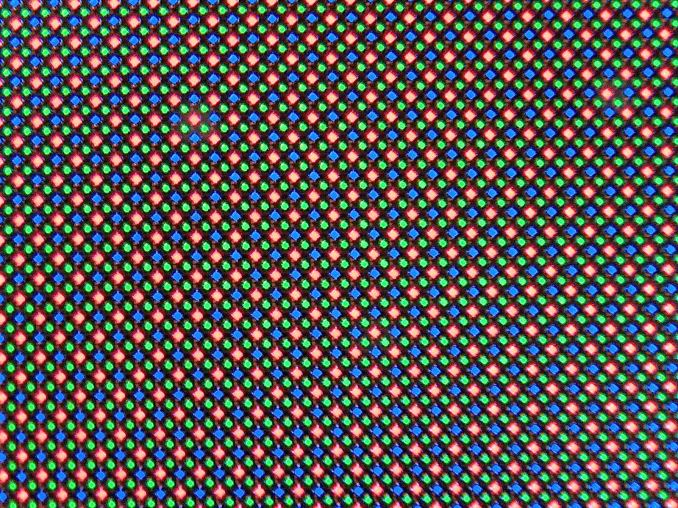

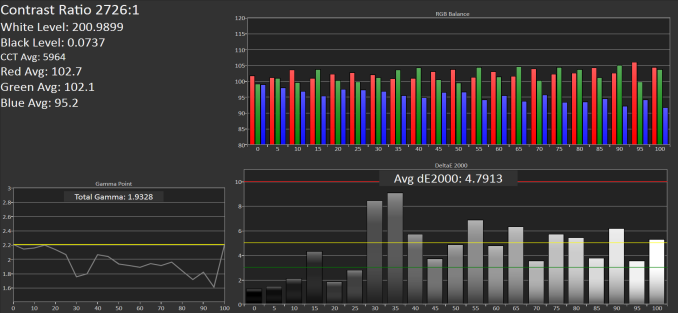

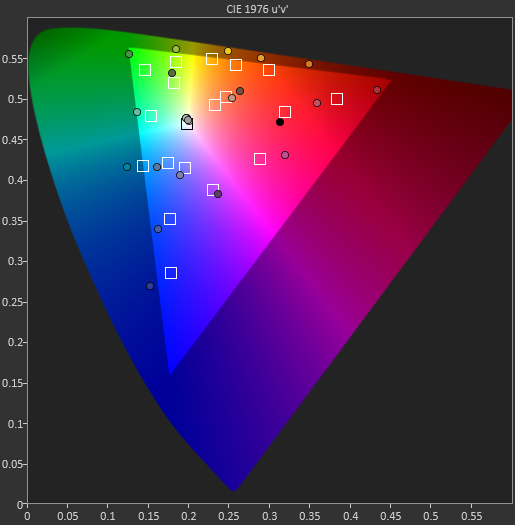








179 Comments
View All Comments
Jon Tseng - Wednesday, September 17, 2014 - link
Nice write-up on the semi content.One thing worth mentioning though might be the Moto Maker customisation options (which we're even getting in the UK!). Some of the premium leather/wood options definitely make the phone stand-out from competition (in a classy way, I might add).
semo - Thursday, September 18, 2014 - link
And once you get over oh la la nonsense you will wonder why you can't buy a more powerful aftermarket battery and why 1080p video recording is a chocolate teapot of a feature without an SD slot.It will be too late by then as you would have parted with your cash and voted for this trend to continue with your wallet. These nice things are only there to distract you from the planned obsolescence.
T1beriu - Wednesday, September 17, 2014 - link
I think the contrast graph is missing.JoshHo - Wednesday, September 17, 2014 - link
Infinite contrast would break the graph. :)s44 - Wednesday, September 17, 2014 - link
A small point... is it correct that only the *Sprint* version will have all the bands for full T-Mo operation when their version of 700mhz (Band 12) finally rolls out? I see Band 17 (due to be rolled into 12 at some point) listed on the GSM/Pure, and though perhaps a baseband update could enable 12, I know better than to expect that without an official announcement.Should full-price T-Mo buyers really be getting Sprint's X instead?
gg555 - Wednesday, September 24, 2014 - link
There's a lot of confusion out there about this. Also, given that Motorola tweeted a few days ago that there would be no Moto X for Sprint, it's not clear if model XT1092 actually exists or will ever be released.As far as I can see, only in this AnandTech review and a post at Android Central is there any mention of an XT1092 model. Also, on the Motorola site the XT1095 and XT1097 are not listed has supporting identical bands, as shown here at AnandTech. The XT1095 (Pure Edition) is show dropping a few of the LTE bands--which makes no sense to make a separate model that all it does is disable a couple bands.
Anyway, if the XT1092 does ever come to exist, as you note, it would be the best for T-Mobile because it supports LTE band 12 (700 Mhz)--which is just bizarre, given that the Pure Edition is being currently sold as the model for T-Mobile.
There's a thread in the Motorola forums where a company representative says they are aware of the confusion and looking into what is the deal with the bands on these phones, but no clarification has come yet.
https://forums.motorola.com/posts/d766a5d90a?page=...
djw39 - Wednesday, September 17, 2014 - link
Is there any thought that if the battery testing methodology ignores differences in devices due to the job scheduling setup and cell signal/wifi reception, that it is not giving the full picture? I'm sure the people at Motorola who worked on the antenna tuning are disappointed that you specifically exclude this from your tests.It seems like the LG G2 is a near-identical device with advantages over Moto in battery & camera. LG should just push their new UI skin out to that phone and keep selling it.
Impulses - Wednesday, September 17, 2014 - link
They made a G3 Mini or whatever that's basically a G2 rehash... Probably has a smaller battery tho, I forget.Problem with taking into account a job scheduler, varying signal conditions, etc is that it makes it near impossible to create a repeatable test with consistent results.
They could add ADDITIONAL tests like: battery life with borderline signal strength or battery life with a consistent sync job... But that would add to their already long battery of tests.
Plus where do you draw the parameters for tests like that (same signal strength for all phones or same scenario with varying low signal strength), and how do you keep it consistent (cell towers have varying loads, get upgraded, etc).
I suppose they could use that signal analyzer with the Faraday box Brian had for a while but I dunno if that could simulate a data traffic load.
leoblaze9 - Wednesday, September 17, 2014 - link
No love for the xperia z/z1/z2/z3 cameras at all??I was under the impression that they were among the best of the best cameras to be had in smartphones especially for android phones
adityarjun - Wednesday, September 17, 2014 - link
@Joshua Ho - A request: if possible please do the battery tests again once Android L is out for this phone.